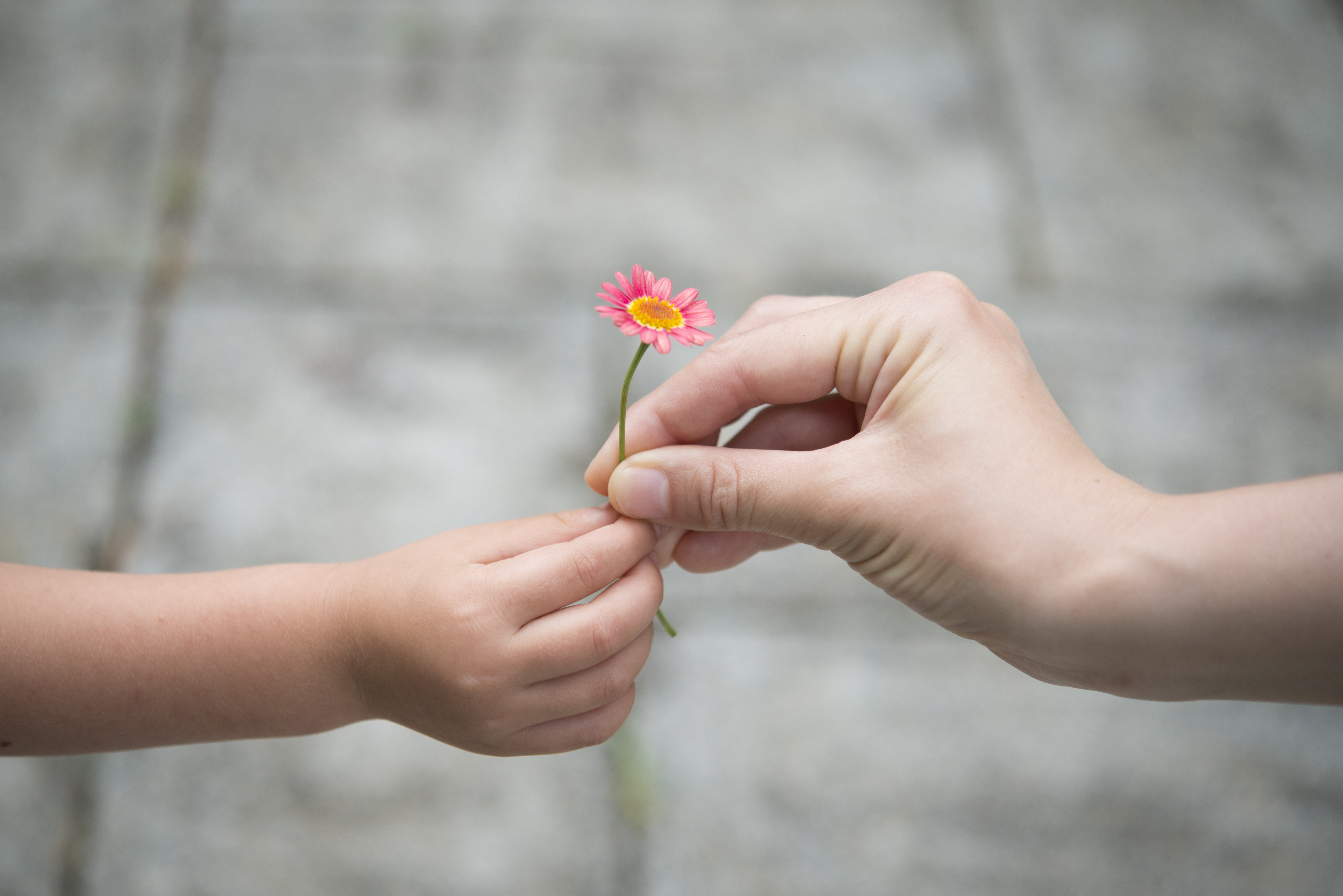A sense of gratitude is of top importance in the values my husband and I hold most dear. Purposeful parenting is always a priority for us, so we are careful to carve out space to consciously give thanks in our daily lives. Modeling the behavior ensures that we will teach our children the power of showing gratitude from a very young age.
My all-time favorite family tradition is our Thanksgiving grateful exercise. After the plates are full, we settle in for a word, or many words, of thanks from the leader of our tribe. After he sets the tone, we go around the dinner table and share what each family member is grateful for. That time of year, for our family, is a time of great reflection and most participants go deep.
There are both tears and laughter during this exercise and the only expectation is that the expression of gratitude is authentic. It is easy to tell who’s had a particularly good, challenging or emotional year based on what surfaces. Since speaking requires a level of vulnerability, everyone is present and invested no matter where they fall on the emotional spectrum. Honestly, it’s one of the most beautiful things to witness and my cup runs over every time.

This family tradition directly impacts where gratitude falls in the hierarchy of my value system. For this reason, I practice the grateful exercise with my four-year-old every night. Sometimes she’s more excited about it than others and she often just says, “I am grateful for you, mommy.” This brings me great joy each time, but it’s also fun to pivot on occasion and play at mealtime when the energy is higher.
Recently, my nieces (ages six and eight) were visiting and we made practicing gratitude a part of family dinner. Their contagious enthusiasm actively engaged each of us every time! It is such a simple concept but nurtures a sense of connection immediately. Additionally, it secures everyone’s full focus at the table while the kids learn how to express themselves.
Thanksgiving serves as an annual reminder that this tradition has a useful place in daily life. We must actively keep the practice fresh, especially during challenging times. Studies show that grateful people display increased levels of happiness. With that in mind, there is no better time than the present to guide our children to appreciate the little things.

Teaching gratitude to your children is not only an excellent and important lesson, but it is a gift to experience it with them. Encourage them to reach out to those who have made a difference in their lives. Writing thank-you notes or creating special artwork to show appreciation is an overall positive experience for children.
Your kids can also exercise thankfulness through challenges like The happyly Kids Writing Contest. The mission is to write a letter of gratitude to the places, activities, and people that make your town special. We may have to stay away from people to keep our community safe right now, but that doesn’t mean we can’t emotionally connect.
Nurturing a giving spirit will also help them refuel in this period of physical distancing while brightening someone’s day, and simultaneously instilling good manners. As an added bonus, experiencing their creative vision will be sure to bring a smile to your face in the process!

